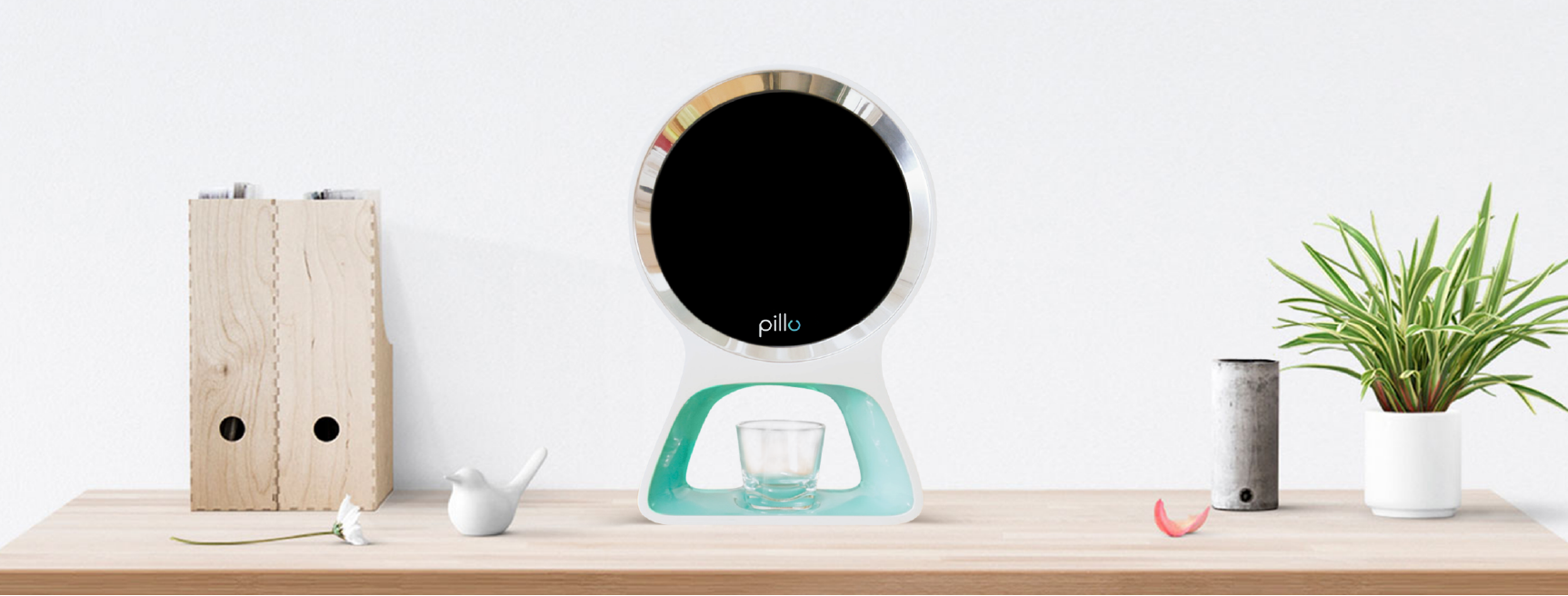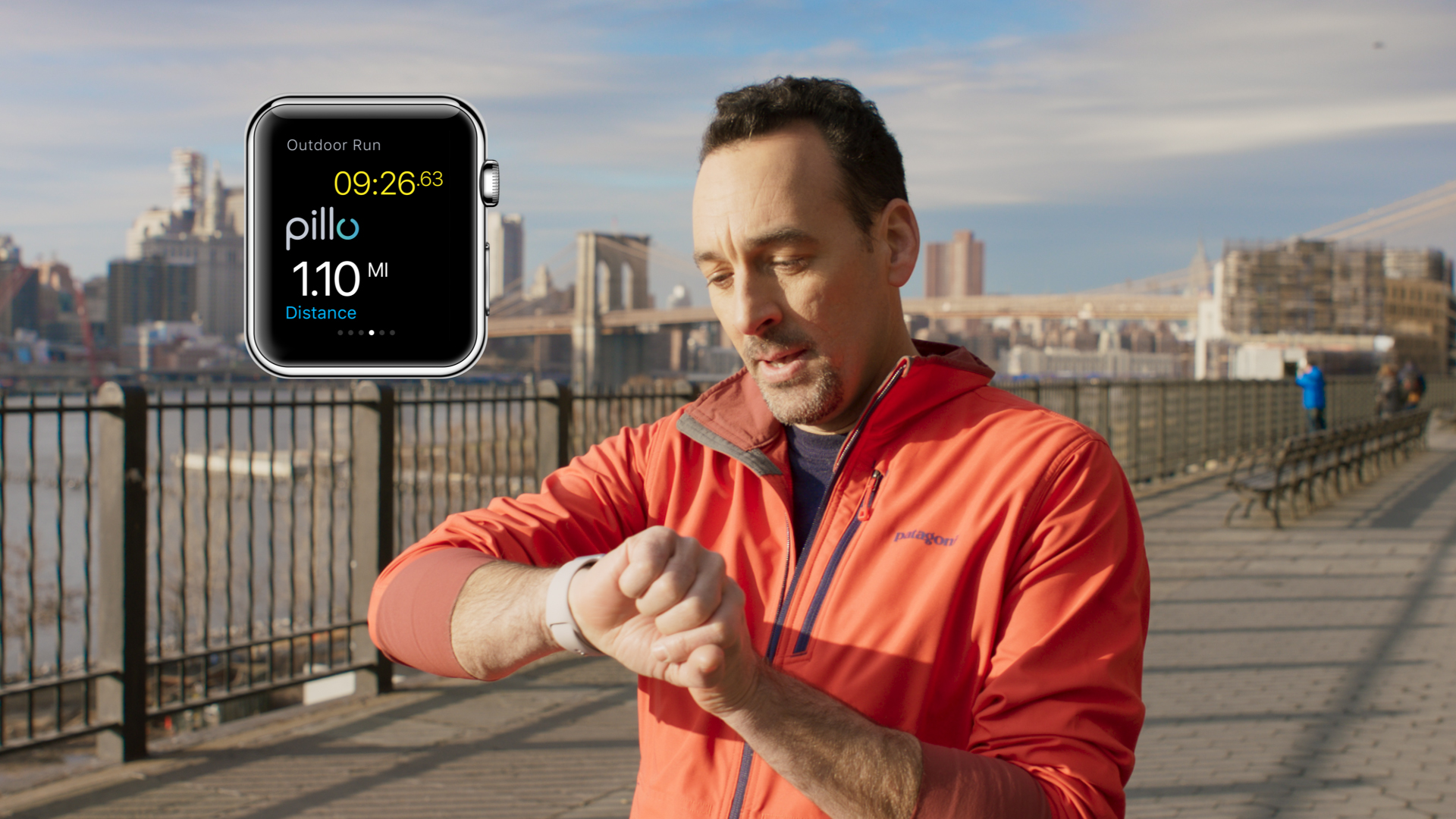Pillo: The smart home health companion.
Now successfully funded on Indiegogo! See the campaign here.
According to the Centers for Disease Control, non-adherence to prescription medication prescriptions and adverse drug events (ADEs) are a serious public health problem. It is estimated that:
82% of American adults take at least one medication and 29% take five or more [1]
700,000 emergency department visits and 120,000 hospitalizations are due to ADEs annually [2]
$3.5 billion is spent on extra medical costs of ADEs annually [3]
At least 40% of costs of ambulatory (non-hospital settings) ADEs are estimated to be preventable [3]
The numbers of adverse drug events will likely continue to grow as new medications are developed, populations grow older, and access to prescription medications increases.
Pillo was created to help solve these problems through the use of powerful technologies, implemented to create a safe and simple user experience. Prescriptions are scanned to create a tailored dosing schedule that followers the doctor's orders to the letter. Pills are loaded in a step by step process guided with on screen graphics and spoken instructions. A host of sensors and machine-vision cameras ensures only the correct medications are dispensed at the right rime. If a dose is missed, Pillo will notify caregivers so they can take action as needed.








